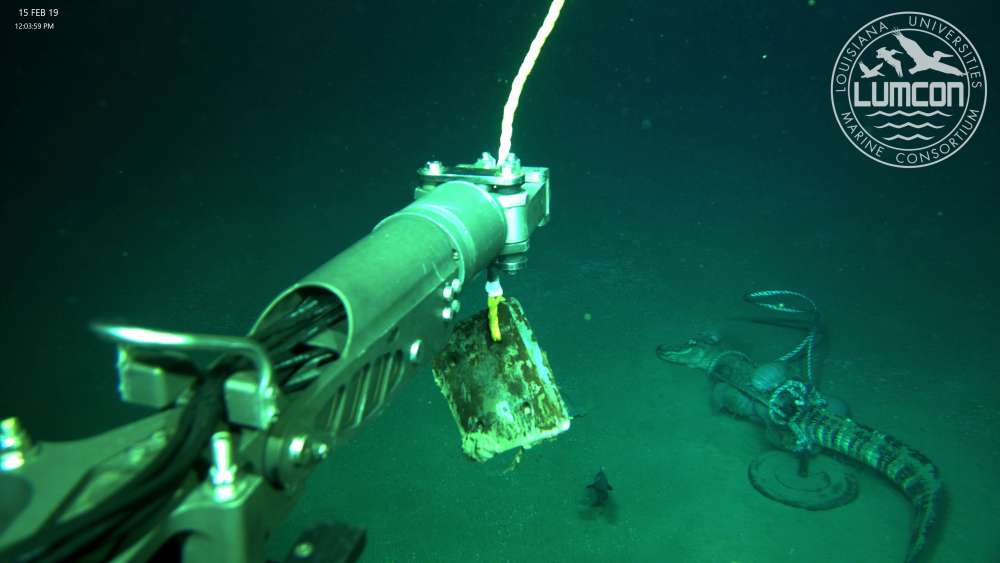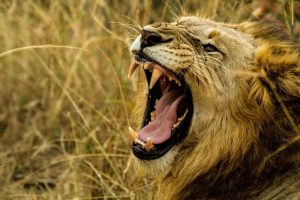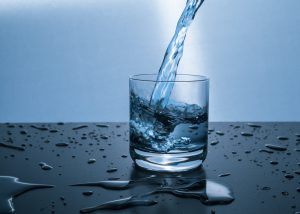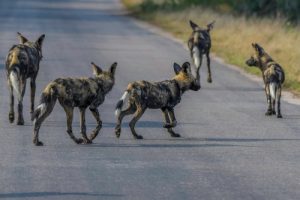
Back in February, two LUMCON scientists placed two Alligators at the bottom of the Gulf of Mexico in order to study how organic materials created on land (mainly carbon based entities) might sustain and impact ocean food webs.
These two Alligators were humanely euthanized on land, and were part of a programme that has recently helped the American Alligator bounce back from near extinction. Their carcasses were then donated to science.
A PhD student at the University of Louisiana at Lafayette called River Dixon worked on the project, and says that These experiments provide an opportunity to study how the amount of food available to a community can change the way the animals in that community interact, both in terms of who is there and what each animal is eating. Specifically, the researchers set out to observe how carbon from the land makes its way to the sea and how this can impact marine ecosystems.
“There is actually really good evidence that alligators make it out into the gulf offshore in major flooding events especially because we have two major river outlets here, so we had good evidence that there were alligators out there but we didn’t know what that meant for the deep sea.”
First, the team is setting out to discover how (specifically) reptiles affect the ecosystems, as it gives a good idea of how their ancestors, the dinosaurs, were thrived upon and also by who.
Second, the researchers hope to get a better understanding about how the deep sea food web works by attempting to trace the transfer of land-based carbon found in the Alligators through marine organisms that have eaten terrestrial ones.
“The carbon ratio is different on the land, and in things that eat off of the land, then it is in things that eat off of ocean food,” said Dixon. “It’s kind of like a highlighter, when you drop something that eats primarily off the land like an alligator and then you put that in the bottom, when things eat it their ratios will change accordingly [in order] to start to match that. When something else eats that then their ratio will change again.”





